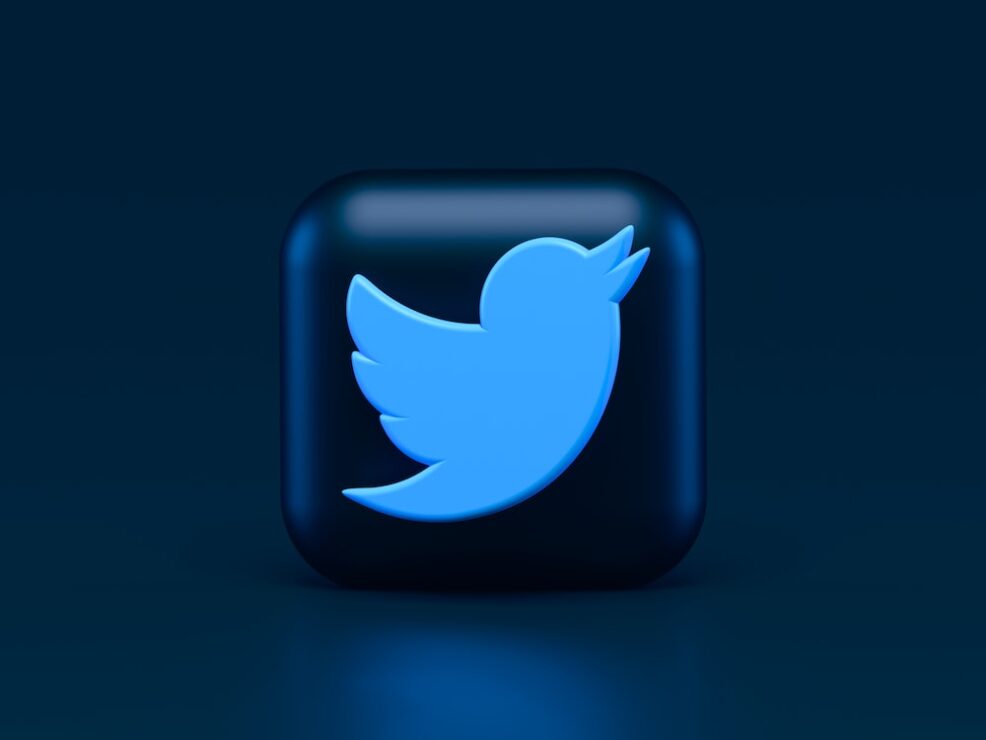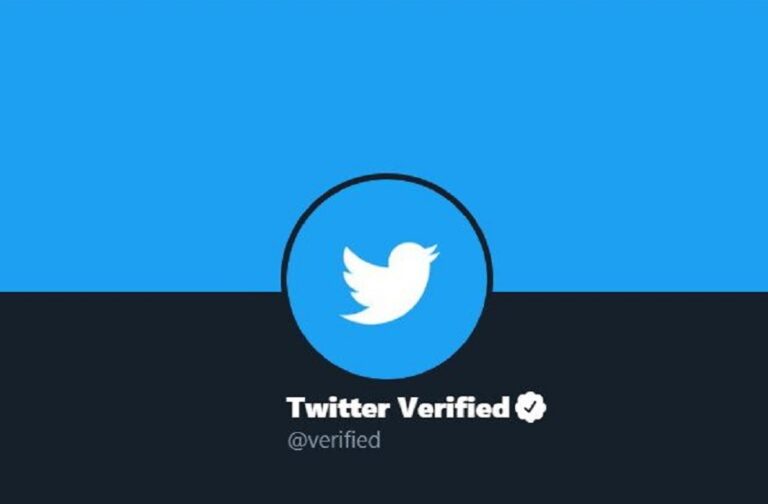US: Microblogging site, Twitter will wait until after the US midterm elections to begin rolling out verification check marks to customers of its new $7.99 per month subscription service.
Twitter’s decision comes a day after announcing that the program enabling users to receive a verification check mark on their profile for the monthly charge was going into effect. The organization had announced that the paid verification method was now a feature of the website’s subscription service, Twitter Blue, in notes that went along with a new update to the Twitter app.
The announcement proclaimed that, “Power to the people. Your account will get a blue check mark, just like the celebrities, companies, and politicians you already follow.”
However, many Twitter users and staff members expressed dismay that the new pay-for-play badges could lead to confusion ahead of elections even though users could easily create verified accounts, posing as President Biden or as lawmakers or news organizations and posting misleading information concerning voting results which could possibly sow confusion.

One Twitter employee questioned why the social network was “making such a risky change before elections, which has the potential of causing election interference.” A manager involved in the verification badge initiative reacted, stating that “we’ve made the decision to move the launch of this release to Nov. 9, after the election.”
A request for comment from Twitter’s communications team, which has been nearly entirely eliminated, was not quickly fulfilled. On election Day, November 9, many contests can still be up for grabs once the results are counted.
When Elon Musk purchased Twitter late last month for $44 billion, one of the modifications he made was to charge for the verification checkmark program. The transaction, which the billionaire partially financed with $13 billion in debt, is putting financial strain on him. As the world economy edges closer to a recession, Twitter and other social media companies are seeing a decline in digital advertising spending.

About 3,700 positions, or about half of Twitter’s workforce, were eliminated by Mr. Musk on Friday. At the time, he claimed that the company was losing $4 million every single day and that he had no choice but to make the changes.
Additionally, Mr. Musk and his advisors have been debating alternative strategies to increase Twitter’s revenue. Moreover to the checkmark program, they have discussed introducing paid direct messaging, which would allow users to privately message well-known users, and “paywalled” films, which would prevent some videos from being watched unless users paid a price, to the service. They have also talked about bringing back Vine, a former platform for short videos.
According to Musk, Twitter will keep taking action against accounts that impersonate other people. Musk tweeted “Going forward, any Twitter handles engaging in impersonation without clearly specifying ‘parody’ will be permanently suspended.”



